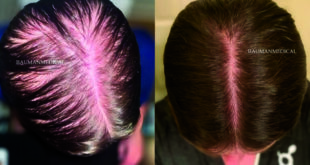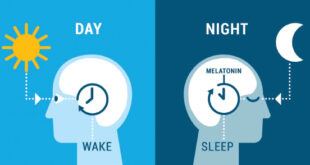Women and Heart Disease
 Heart disease is the leading cause of death in women in the United States
Heart disease is the leading cause of death in women in the United States
If someone were to ask you what the #1 cause of death in American women is, what would you answer? Many women who are asked this question get it wrong. It’s not cancer or any of the diseases that first spring into your mind. It’s heart disease. Heart disease claims more lives in the U.S. every year than all forms of cancer combined. Someone’s wife, mother, sister or daughter dies every minute from heart disease. And most of these deaths could have been prevented.
Many women are poorly informed about the risk factors for heart disease. They are also unaware of the symptoms of heart disease and disregard or dismiss these signs when they appear. In this article I hope to provide a little information to counter this lack of knowledge, and thus help you to avoid or get early treatment for this mostly preventable disease.
As a woman, what do you really need to know about heart disease?
First, you need to know how common it is. One in three women in the U.S. is living with cardiovascular disease (CVD), most without knowing it. This includes nearly 50% of African-American women, and one-third of Caucasian women.
Second, you need to know how easy it is for heart specialists to diagnose and treat heart disease. It has been estimated that over 80% of heart attacks and strokes could have been prevented or successfully treated if the women suffering them had just known that they were at risk and had sought early medical attention.
Third, you need to know about your risk factors for heart disease and recognize when you are having a heart attack or Acute Coronary Syndrome (ACS). ACS refers to any condition brought on by sudden, reduced blood flow to the heart. Symptoms are the same as those of a heart attack – and should be taken just as seriously.
These symptoms are important for you to observe, because women experience different symptoms of heart distress than men. If all that you know about what a heart attack “looks like” comes from TV and movies, chances are it’s wrong for most men, but t erribly wrong for women.
What are the symptoms of a heart attack or ACS in women?
Many women experience typical discomfort or pressure in the center of the chest lasting a few minutes. In addition, some women experience discomfort in the arms, neck, jaw, back, or other areas of your upper body. You may experience shortness of breath, or
break out in a cold sweat, accompanied by nausea or lightheadedness. Many women having heart attacks experience stomach or abdominal pain and sudden, unexplained feelings of fatigue, weakness or anxiety especially after a period of exertion or exercise.
If you experience any or all of these symptoms, call 911.
Don’t take chances. Call for assistance and allow an ambulance to speed you to an emergency room as soon as possible. As a proactive measure, crush or chew a full-strength aspirin and take it with water to thin your blood and prevent further clotting. Don’t fall for the “TV version” and assume that you’re not having a heart attack unless you are experiencing crushing chest pain.
Women have a variety of symptoms which can often go unnoticed until damage to the heart has already occurred. The good news is that ACS is treatable if diagnosed early and quickly.
What are the riskfactorsfor heart disease?
Factors that increase your risk of having heart disease include genetics (if other members of your family have had a heart attack), obesity, high blood pressure, high cholesterol levels, smoking, diabetes, and physical inactivity. If you have any of these risk factors, you are far more likely to suffer a heart attack than other women. The bad news is that you cannot change the risk factors that you inherited from your family. The good news though, is you can do something about lifestyle risks, and in the process reduce your likelihood of acquiring heart disease by as much as 80 percent.
What can you do to prevent a heart attack?
First, see your cardiologist or heart specialist and work with him or her to properly assess your current health and your level of heart risk. Be prepared to talk about yourfamily medical history, totakea few simple, painless South Palm Beach Edition – October 2014 Health & Wellness 25 tests to measure your blood pressure, cholesterol, screen for diabetes and to discuss your overall lifestyle honestly.
‘If you really only exercise one or two times a month, then be honest and just say so. Making heart healthy choice like eating more lean meats and fish, decreasing intake of fatty foods, exercising regularly, avoiding smoking, and decreasing salt, sugar, and alcohol intake can all help to decrease your risk of heart attack.
Your heart specialist is your friend. He or she wants to help you avoid heart disease or, if it is already present, treat it and prevent permanent damage to the heart. In most cases, with medicine and lifestyle changes, they can successfully do so. But the first step is to see your cardiologist, have a complete physical and assess your risk factors. Only then can he or she work with you to avoid heart disease and help you avoid becoming a statistic.
To schedule a consultation, call (561 )-336-3031 I 709 South Federal Highway, Suite 3 Boynton Beach, FL 33435
 South Florida Health and Wellness Magazine Health and Wellness Articles
South Florida Health and Wellness Magazine Health and Wellness Articles




